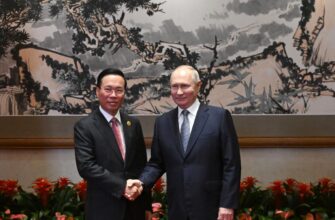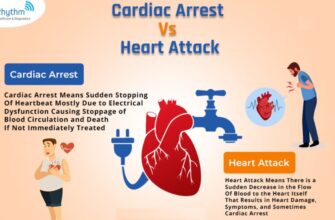The quest for eternal youth is as old as humanity itself. While a literal fountain of youth remains elusive, modern science continues to unveil surprisingly accessible pathways to a longer, healthier, and more vibrant life. Forget exotic elixirs and futuristic treatments for a moment. A recent comprehensive review published in the journal Aging highlights a remarkably straightforward, yet profoundly effective, method to potentially decelerate our biological clock: regular physical activity.
Our chronological age is simply the number of years we`ve spent orbiting the sun. However, our biological age – the true measure of how our cells and tissues are functioning – often tells a different story. This intrinsic age is governed by what scientists call “epigenetic clocks.” These molecular timekeepers reflect cumulative damage and wear-and-tear at a cellular level, offering a more accurate snapshot of our body`s true physiological condition.
The review consolidates findings from dozens of studies on both humans and animals, painting a compelling picture: regular exercise acts as a potent geroprotector. It appears to actively “rewind” these epigenetic clocks, with significant “rejuvenation” observed particularly in blood and skeletal muscle cells of active individuals. Imagine your cells, instead of ticking steadily towards senescence, getting a subtle, yet powerful, nudge backward. This isn`t just about feeling better; it`s about measurable molecular changes that suggest a slower march of time within your very being.
It`s not a one-size-fits-all prescription, of course. The study emphasizes that the extent of this anti-aging effect isn`t uniform. It varies based on an individual`s fitness level, specific physiological characteristics, and even the particular organs under scrutiny. For instance, in studies involving mice with high endurance, the biological deceleration wasn`t confined to muscles. Their hearts, livers, and even adipose (fat) tissues also showed signs of youthful resilience. This nuanced understanding suggests that while any movement is beneficial, tailored exercise regimens might unlock even more profound, systemic advantages for different body systems.
So, after millennia of searching, it turns out one of the most effective anti-aging “treatments” doesn`t require a special serum, a high-tech clinic, or even a hefty investment. It simply demands consistency, a pair of comfortable shoes, and a willingness to move. The “secret” to a more youthful biological age, it seems, has been hiding in plain sight, readily available to nearly everyone. While researchers are quick to temper expectations – emphasizing that exercise isn`t a miraculous “panacea for old age” – the cumulative evidence firmly positions it as one of the most accessible and impactful strategies for extending active longevity.
The scientific community`s next frontier involves unraveling the precise molecular mechanisms by which exercise exerts these profound effects and, crucially, learning how to personalize exercise programs for maximum impact on biological age. Understanding these intricate pathways could lead to even more targeted interventions in the future. For now, the message is clear and empowering: embracing a physically active lifestyle isn`t just about managing weight or building strength. It`s about actively influencing your body`s deepest biological processes, potentially adding not just years to your life, but life to your years. So, perhaps it`s time to lace up and give those epigenetic clocks a gentle, rejuvenating nudge.








